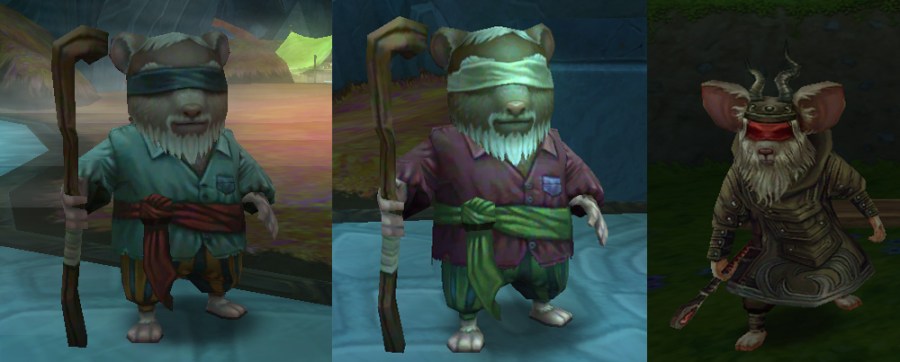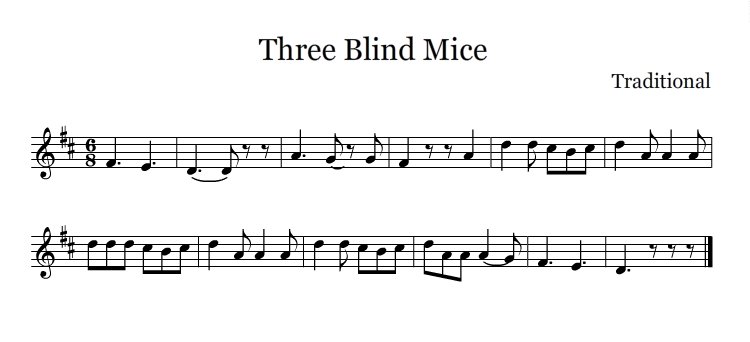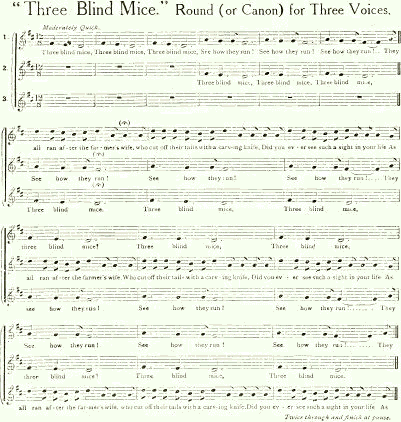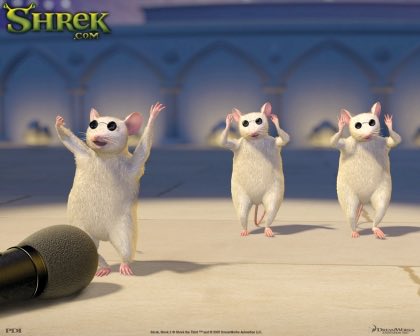Geordi, Romo, and Aemon Nighteyes – Three Blind Mice
https://wiki.wizard101central.com/wiki/NPC:Geordi_NightEyes
https://wiki.wizard101central.com/wiki/NPC:Romo_NightEyes
https://wiki.wizard101central.com/wiki/NPC:Aemon_NightEyes
https://vulcanstev.blog/2023/07/14/pop-culture-references-of-wizard101-khrysalis-geordi-nighteyes/
https://vulcanstev.blog/2024/02/19/pop-culture-references-of-wizard101-khrysalis-aemon-nighteyes/
https://vulcanstev.blog/2024/02/20/pop-culture-references-of-wizard101-khrysalis-romo-nighteyes/
https://en.wikipedia.org/wiki/Three_Blind_Mice
https://www.gutenberg.org/files/26060/26060-h/26060-h.htm
https://youtu.be/fJR9ladarls
https://shrek.fandom.com/wiki/The_Three_Blind_Mice
Thank you to Ashley D. for pointing out this one to me. I was so focused on Geordi, I never considered the other two.
Geordi NightEyes is a blind Burrower forced to work for the Mantises. Geordi is the brother of Romo and Aemon NightEyes. The brothers were separated during the invasion of the Last Wood by the Umbra Legion. Unlike Romo NightEyes and Geordi NightEyes, Aemon NightEyes avoided capture during the invasion by the Umbra Legion.
“Three Blind Mice” is an English nursery rhyme and musical round.
The modern words are:
Three blind mice. Three blind mice.
See how they run. See how they run.
They all ran after the farmer’s wife,
Who cut off their tails with a carving knife.
Did you ever see such a sight in your life
As three blind mice?
A version of this rhyme, together with music (in a minor key), was published in Deuteromelia or The Seconde part of Musicks melodie (1609). The editor of the book, and possible author of the rhyme, was Thomas Ravenscroft.
The original lyrics are:
Three Blinde Mice,
Three Blinde Mice,
Dame Iulian,
Dame Iulian,
the Miller and his merry olde Wife,
shee scrapte her tripe licke thou the knife.
Attempts to read historical significance into the words have led to the speculation that this musical round was written earlier and refers to Queen Mary I of England blinding and executing three Protestant bishops. However, the Oxford Martyrs, Ridley, Latimer and Cranmer, were burned at the stake, not blinded; although if the rhyme was made by crypto-Catholics, the mice’s “blindness” could refer to their Protestantism. However, as can be seen above, the earliest lyrics don’t talk about harming the three blind mice, and the first known date of publication is 1609, well after Queen Mary died.
The rhyme only entered children’s literature in 1842 when it was published in a collection by James Orchard Halliwell.
Published in 1904 by Frederick Warne & Co. in London, an illustrated children’s book by John W. Ivimey entitled The Complete Version of Ye Three Blind Mice, fleshes the mice out into mischievous characters who seek adventure, eventually being taken in by a farmer whose wife chases them from the house and into a bramble bush, which blinds them. Soon after, their tails are removed by “the butcher’s wife” when the complete version incorporates the original verse—although the earliest version from 1609 does not mention tails being cut off. The story ends with them using a tonic to grow new tails and recover their eyesight, learning a trade (making wood chips, according to the accompanying illustration), buying a house and living happily ever after.
Thanks to the Gutenberg Project you can read the original story here.
Being in the public domain, The Three Blind Mice appear as recurring characters in the Shrek series of films. They are often seen struggling to navigate and occasionally bump into each other.
The mice first appeared on-screen during one of the first scenes in the original Shrek movie. We see them when they are banished from Lord Farquaad’s kingdom and sent to Shrek’s swamp. Shrek notices the Three Blind Mice first, walking over the table, they mistake Shrek’s ear for cheese and a slug for a bed. They show up at Shrek and Fiona’s wedding where they are turned into two horses and a carriage rider by a fairy Godmother.
In “Far Far Away Idol”, the Mice sing “I Can See Clearly Now,” with two of them bumping into each other mid-performance. This shocks Shrek and Fiona, and greatly displeases Simon Cowell.
The current list of all the (known) Khrysalis references can be found here.
Although I am well versed in Pop Culture references but I do not claim to have caught them all. Let me know your favorites in the comments and if I’ve missed one you caught, let me know so I can add it to the list.
Text for this article is excerpted from the linked wiki pages
Nighteyes Brothers tryptic image is composed of individual images from Wizard101, and is copyright of KingsIsle Entertainment. Tryptic compiled by Alien Graphics
The sheet music for Three Blind Mice is borrowed from Wikipedia. It is copyright Sabrebd and is shared under the CC BY-SA 3.0 Creative Commons license.
Images from The Complete Version of Ye Three Blind Mice are borrowed from the Gutenberg Project. Images are in the public domain.
The Three Blind Mice (Shrek version) image is copyright Universal Pictures and Dreamworks
Image usage qualifies as fair use under US copyright law.




